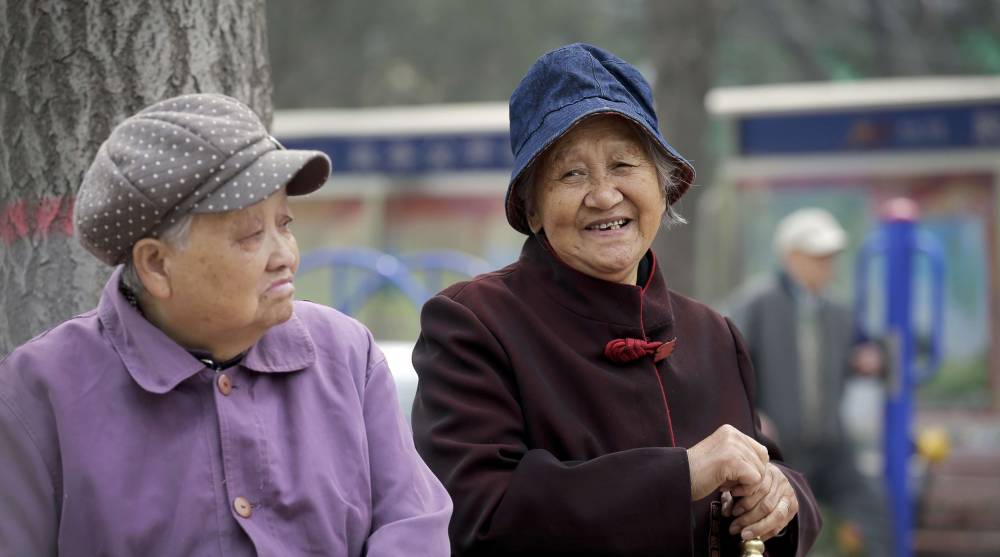
Staffing ratios are a sensitive topic in Australian aged care – with residents, their families, nurses, carers and aged care advocates pushing for mandated ratios.
But for one reason or another, this system has not been put in place.
In surprising international news, a province in China have enforced their own aged care staffing ratio.
If a facility has 20 beds, the minimum for a “community pension centre” in the area, then it would need at least four aged care workers. That’s a ratio of one carer for every five residents.
And that’s how it will be across the whole province of Taiyuan, which has a population of more than 4.2 million.
In May 2017, the Taiyuan municipal civil affairs bureau submitted a draft of what the standards need to be to the relevant quality supervision departments.
After four revisions and approval by the provincial standardisation expert group, a conclusive set of standards were made that need to be upheld.
This includes;
These four standards will be put into place on March 1st this year.
Once implemented, an independent industry department will be given the responsibility of managing and checking that these standards are being upheld – in a similar way to how the accreditation agency works here in Australia.
This news sends a rather brutal message; since Australia is supposed to be world leaders in aged care, why haven’t they got a system to ensure there is enough staff to care for the ageing population?
However, Australia is trying to implement their own staffing ratios.
In September, Senator Derryn Hinch introduced the Aged Care Amendment (Ratio of Skilled Staff to Care Recipients Bill 2017), which aims to ensure that safe, quality care is provided to residents in aged care homes.
“Unfortunately, many of these Australians who have given so much to society are highly vulnerable, and are not currently guaranteed the standard of care they deserve within our aged care facilities,” said Senator Hinch.
“The passage of this Bill would be an important step in moving towards an aged care system that is more focussed on the protection of the elderly than on profit margins of aged care facilities.”
It’s not possible to offer quality aged care if there is one aged care worker caring for 10 or more residents. There needs to be enough staff, who can give the adequate time and attention.
What do you have to say? Comment, share and like below.
One staff member for 10 people who need to be washed, fed, toileted, entertained and kept busy amounts to abuse for the resident and overwork for the staff. Even 1 per 5 is less than needed.
China has the right idea. Care should be the first priority and profit the last. We need Public Aged Care facilities just as we need public Hospitals.
Taking care of the elderly should be staffed at the same ratios as Child Care Centers.
For years now we have known that we have an ageing population and that many of our frail and aged need person centred care. Care that promotes the persons dignity, wellbeing and independence. Yet still as far as I can see ( my Mother in law has just gone into an aged care facility) there is a shortage of staff in most places. The care revolves around money. There are never enough staff on to provide quality care to the residents they are always rushed and often task orientated poorly paid. Management is all about profit not wellbeing!!
https://www.change.org/p/mandate-aged-care-staff-resident-ratios-stop-the-neglect
Will be presented to the minister Ken Wyatt in the next few months,
Fingers crossed this will be law soon.